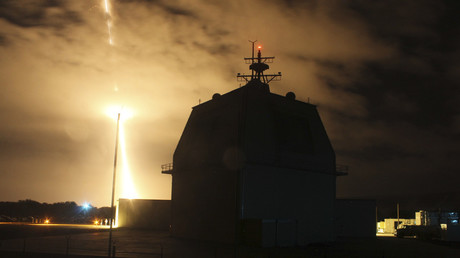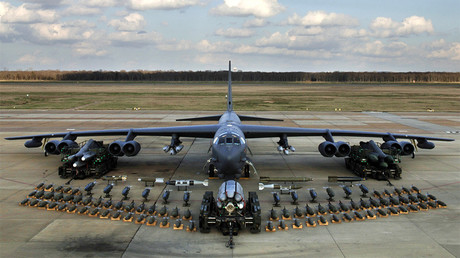Marc Andreessen: audio will be “titanically important” and VR will be “1,000” times bigger than AR
In a new a16z podcast with the venture firm’s founders Marc Andreessen and Ben Horowitz, there’s a lot to enjoy, from Andreessen’s TV show recommendations to Horowitz’s secret to excellent barbecue. (It’s pretty much just “time,” as you might imagine.)
More useful for our founder readers may be Andreessen’s predictions around tech and, because he’s asked about them specifically, his predictions when it comes to wearables, including that virtual reality will be “one thousand” times bigger than augmented reality. It’s an interesting statement given the firm’s bet on Magic Leap and its AR goggles.
You can find the entire podcast here. Our favorite parts are excerpted below for your weekend reading:
On audio:
“The really big one right now is audio. Audio is on the rise just generally and particularly with Apple and the AirPods, which has been an absolute home run [for Apple]. It’s one of the most deceptive things because it’s just like this little product, and how important could it be? And I think it’s tremendously important, because it’s basically a voice in your ear any time you want.
For example, there are these new YouTube type celebrities, and everybody’s kind of wondering where people are finding the spare time to watch these YouTube videos and listen to these YouTube people in the tens and tens of millions. And the answer is: they’re at work. They have this bluetooth thing in their ear, and they’ve got a hat, and that’s 10 hours on the forklift and that’s 10 hours of Joe Rogan. That’s a big deal.
Of course, speech as a [user interface] is rapidly on the rise. So I think audio is going to be titanically important.”
On sensors:
“The second thing I’d nominate for wearables is the concept of sensors on the body. Here, the Apple Watch is clearly in the lead with what they’re doing with the heartbeat sensor. But I think we’ll have a full complement of medical-grade sensors on our body — in a way that we have chosen to [have them] — over the next five or 10 years. I think we’ll be able to predict things like heart attacks and strokes before they happen. Talk about a killer app. [Laughs.] ‘Beep. I’m going to have a heart attack in four hours. Maybe I should drive to the hospital.’
The survival rate [for heart attack victims] at the hospital is, like, 99 percent. The survival rate for people at home is like 50 percent. There’s an opportunity for a massive increase in quality of life with the sensor platforms people are going to have.”
On the future of AR/VR:
“I think optics are coming. It’s going to be a long road, but I think AR and VR are going to work, and that we’re going to have heads-up displays that are going to remove the need for what we have now, which is this little pane of glass that we’re expected to experience the whole world through. The whole world is going to open up around us.
I think AR has tons of potential applications, both at work and at home. [But] I think VR is going to be about 1,000 times bigger. In the Valley right now, this is a very contrarian view. The general theme that you hear is that AR will be bigger than VR, and obviously it should be. If you can do things overlaid over the real world, that should be inherently more interesting than having to construct a synthetic world.
I just think that’s only true for people who live in a really interesting place in the real world. But only something like .1 percent and 1 percent of people on Earth live in a place where they wake up every morning and think, Wow, there are so many interesting things to see. So for everyone who doesn’t already live on a college campus or in Silicon Valley or in a major other city, the new environments we’re going to be able to create in VR will inherently be much more interesting. And there will be a lot more of them.”
Read more
January 05, 2019 at 03:59PM
from TechCrunch
via IFTTT




No comments